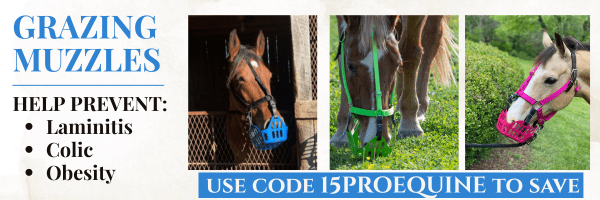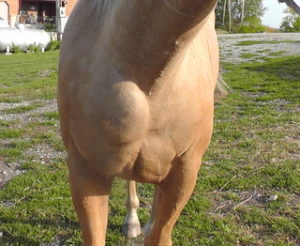Proper Isolation Facility Setup for Your Horse

Creating a dedicated isolation facility for your horse is essential to prevent the spread of infectious diseases and ensure the health and safety of your entire stable. This article will guide you through the key considerations and best practices for setting up an effective isolation area.
Why Isolation is Important
Isolation helps to:
- Prevent transmission of contagious diseases
- Monitor the health of new or sick horses closely
- Protect other horses from potential infections
Key Components of an Isolation Facility
| Component | Description |
|---|---|
| Location | Choose a spot away from main stables with good drainage and minimal traffic |
| Physical Barriers | Solid walls or fencing to prevent direct contact and airborne transmission |
| Separate Equipment | Use dedicated tools and tack to avoid cross-contamination |
| Ventilation | Ensure good airflow to reduce airborne pathogens |
| Waste Management | Proper disposal systems for manure and bedding to minimize contamination |
Setting Up the Isolation Area
- Site Selection: Pick a quiet, well-drained area away from other horses.
- Construction: Use materials that are easy to clean and disinfect, such as smooth concrete or treated wood.
- Access Control: Limit entry to essential personnel only and maintain a log of visitors.
- Equipment: Provide separate feeding and watering equipment.
- Biosecurity Protocols: Implement strict hygiene practices including hand washing and use of protective clothing.
Daily Management Tips
- Monitor the isolated horse’s health and behavior regularly.
- Clean and disinfect the area daily.
- Change bedding frequently to maintain cleanliness.
- Dispose of waste safely and promptly.
FAQ
Q: How long should a horse remain in isolation?
A: Typically, 14 to 21 days, depending on the disease incubation period and veterinary advice.
Q: Can I use the same isolation area for multiple horses?
A: Only if they have the same diagnosis and are isolated simultaneously; otherwise, separate areas are recommended.
Q: What signs indicate a horse needs isolation?
A: Symptoms like fever, coughing, nasal discharge, or sudden behavioral changes warrant isolation.
Conclusion
Proper isolation facility setup is a critical component of equine health management. By following these guidelines, you can protect your horses and maintain a healthy stable environment.
